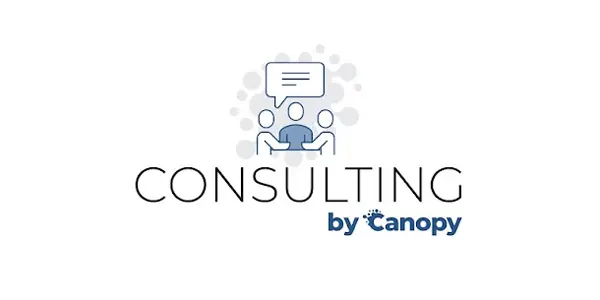Psychological safety, a term championed by Harvard Business School professor Amy Edmondson, is the belief that a team is safe for interpersonal risk-taking. This environment enables team members to freely express their ideas, ask questions, admit mistakes, and challenge norms without the fear of negative consequences. Edmondson’s framework outlines three pillars that uphold psychological safety: respect for each other’s opinions, encouragement of risk-taking, and a supportive environment.
The impact of psychological safety on team performance cannot be overstated. When team members feel secure, they are more likely to share innovative ideas and think creatively. This openness drives problem-solving and sparks new, transformative ways of thinking. Additionally, a culture that views mistakes as learning opportunities rather than failures fosters continuous improvement and professional growth. Teams operating in psychologically safe environments also communicate more effectively and collaborate more seamlessly, strengthening overall cohesion and effectiveness.
Conflict, however, is an inevitable aspect of teamwork. The Thomas-Kilmann Conflict Mode Instrument (TKI) provides valuable insights into managing conflicts within a psychologically safe framework. TKI identifies five conflict-handling modes—competing, collaborating, compromising, avoiding, and accommodating. In a psychologically safe team, members are more inclined to engage in collaborating and compromising, striving for solutions that benefit everyone and address the root of the conflict constructively.
Building psychological safety within a team requires intentional effort and strategic actions. Encouraging open communication is paramount. This can be achieved through regular check-ins, feedback sessions, and creating spaces where team members feel heard. Normalizing mistakes as part of the learning process, rather than punishing them, sets a powerful precedent. Leaders play a crucial role by admitting their own mistakes and demonstrating that errors are opportunities for growth.
Leaders should also focus on transparency and fairness in their decision-making processes. When team members see that decisions are made openly and equitably, it enhances their trust in leadership and the organization. This can be achieved by involving team members in decision-making, clearly explaining the rationale behind decisions, and ensuring that policies are applied consistently.
Providing opportunities for professional growth and development also plays a significant role in psychological safety. When team members feel supported in their career aspirations and have access to resources for learning and development, it boosts their confidence and engagement. This support can come in the form of mentorship programs, training sessions, or opportunities to take on new challenges within the organization.
By fostering an environment where team members feel safe to take risks, share ideas, and learn from mistakes, leaders can unlock the full potential of their teams. Psychological safety is a critical driver of higher performance. As we continue our journey toward higher performance, let’s prioritize psychological safety and create workplaces where everyone can thrive.
Stay tuned for our next article in the Higher Performance series, where we will explore another essential element of success.
Edmondson, A. C. (2019). The Fearless Organization: Creating Psychological Safety in the Workplace for Learning, Innovation, and Growth.
Thomas, K. W., & Kilmann, R. H. (1974). Thomas-Kilmann Conflict Mode Instrument.

Maria Matarelli is an expert consultant who specializes in creating exponential results for businesses like yours. With an extensive background in Agile project management, coaching and training, she drives innovation and growth in IT, Healthtech, Fintech, Blockchain & AI through proven iterative development methodologies & cutting-edge strategies.

Ready to put Maria and our team to work for you? Contact us today to get started!